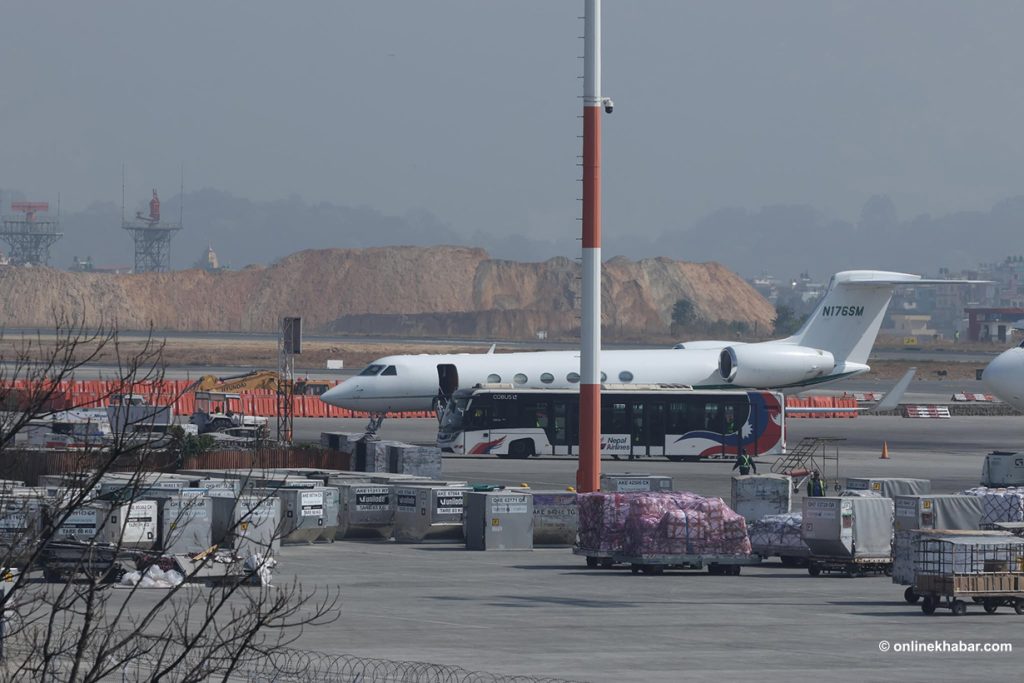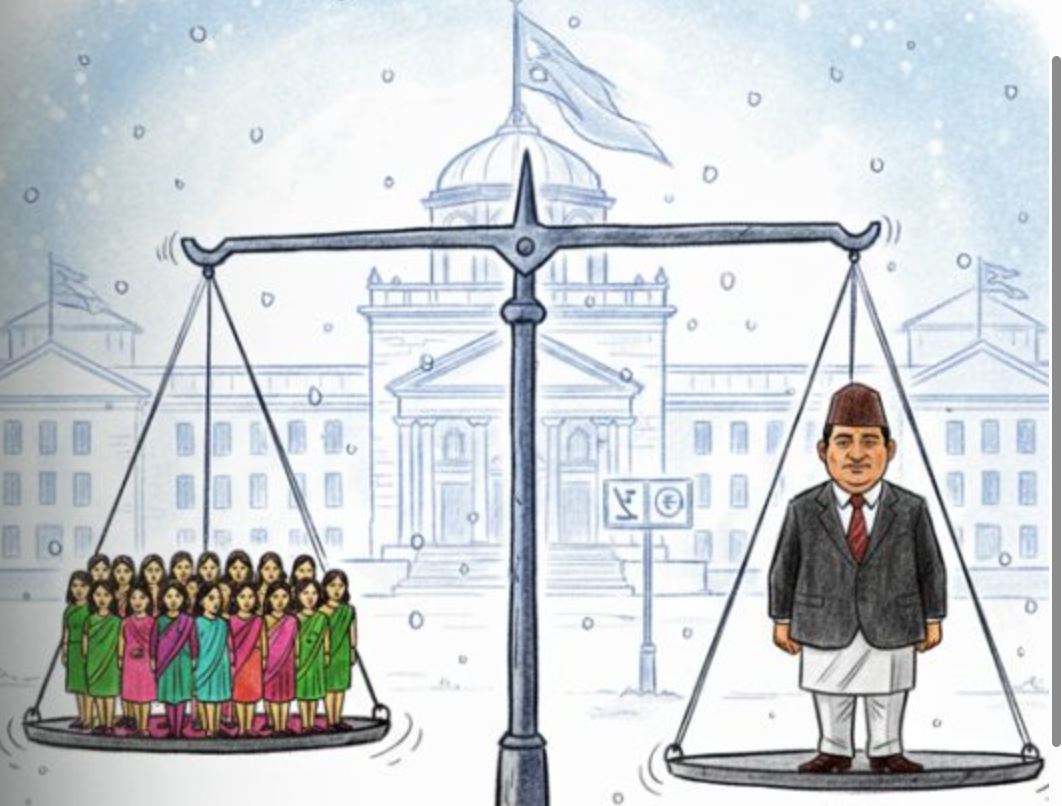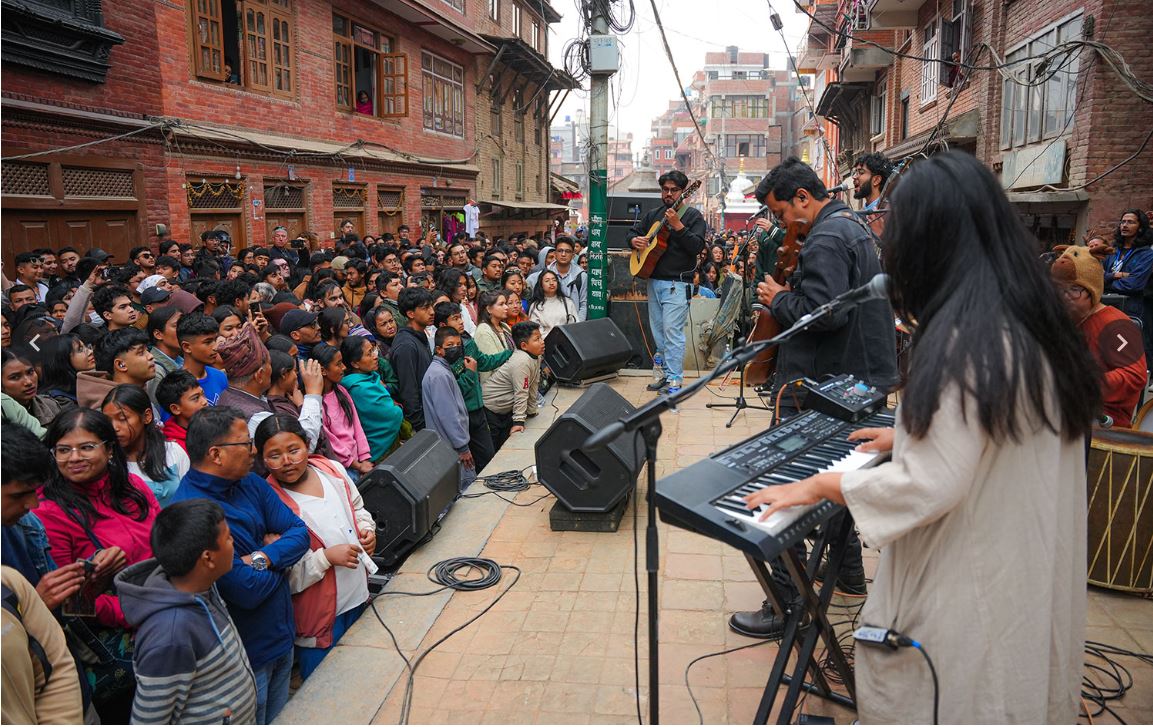
Financial inclusion has been hailed as a catalyst for boosting economic growth. Benefits arising from financial inclusion feed into other sectors of the economy, leading to increased competitiveness and economic stability. As an enabler for 10 of the 17 Sustainable Development Goals of the United Nations, it plays an instrumental role in reducing inequality and promoting inclusive development.
Nepal has made notable progress on this front, with financial institutions reaching 752 of the 753 local bodies and bank account ownership increasing to 67 per cent in 2021, as per Nepal Rastra Bank (NRB). Digital payments have skyrocketed, while financial literacy is on the rise. Even globally, Nepal’s performance has been comparably decent with other developing countries.
However, these gains are not equitably shared in Nepal’s federal setup.
Need for a comprehensive financial approach

Large inter-province variations exist, underscoring the need to take a comprehensive approach towards nationwide financial inclusion strategies. As per NRB’s Financial Access Report 2021, Madhesh Province has the lowest per capita concentration of bank branches (class A, B, C) in the country, with just 9.7 branches per 100,000 people, contrasting with Bagmati’s 30.3 branches.
This pattern is mirrored in the ownership of bank accounts, with Madhesh having the fewest at 531 accounts per 1,000 people, while Bagmati has the highest with 1,802 accounts, followed by Gandaki with 1,445 accounts. Madhesh has a high concentration of microfinance institutions, but access to safe and reliable banking from Class A, B, and C banks is limited, as the above figures suggest.
In other important indicators like the percentage of mobile banking users, consumption of insurance products, usage of credit products, and people investing in shares, Madhesh ranks the lowest. Bagmati and Gandaki have figures almost double those of Madhesh in most of these indicators. In Bagmati, 43 per cent of the people have investments in shares, while 12 per cent have investments in debentures.
The same figures for Madhesh are nine per cent and six per cent. The gap between the two provinces is a whopping five times wide for investment in shares, while it is concerningly high for investment in debentures. Enhanced financial inclusion in Madhesh could significantly contribute to the growth of the Nepali capital market and ensure a more democratic distribution of wealth in the country.
With regards to financial literacy, NRB’s Financial Literacy Report (2022) places the province as having the lowest financial literacy. With a financial literacy score of 52 (out of 100), its performance is comparable to Lumbini (55.6) and Sudurpashchim (57.5), far behind Bagmati which scores the highest (64.5).
As financial literacy forms the backbone of an economically empowered society, deficiencies in this area can significantly impede the province’s potential for sustained economic development.
Financial state of the Madhesh population

According to NRB, about half of the adult population in Madhesh does not have sufficient income to cover expenses beyond a month in case of a sudden stop in earnings – the highest among the provinces. Insufficient financial cushion in periods of negative income shocks highlights the high level of financial vulnerability and lack of capacity for financial stress management in the province’s population.
The weak social security system of Nepal adds to the problem because, as things start going downhill, the citizens are left to fend for themselves without adequate support from the state.
Women in Madhesh are particularly disadvantaged, having the lowest female bank account ownership in the country, second only to Karnali. Additionally, they have the poorest financial literacy among women in any other province.
The rural-urban divide exacerbates these disparities, placing rural women in the region at a greater disadvantage. Home to 20 per cent of Nepal’s female population, the deprivations of women in Madhesh have serious implications for the country’s human development.
As Nepal Rastra Bank moves forward with implementing the Financial Literacy Framework (2022), which envisions enhancing financial literacy, inclusion, and access, it is important to note that poor-performing provinces like Madhesh and Lumbini require special interventions.
The strategic emphasis should be on enhancing awareness and broadening access through the development of cost-effective and dependable financial products. Roping in the unbanked and adequately serving the underbanked should be at the centre of policy formulation.
In the long term, a tailored strategy that prioritises the most deprived—women, informal sector workers, and the rural population—will be crucial in reducing existing disparities and helping unlock the benefits that financial inclusion offers.





















